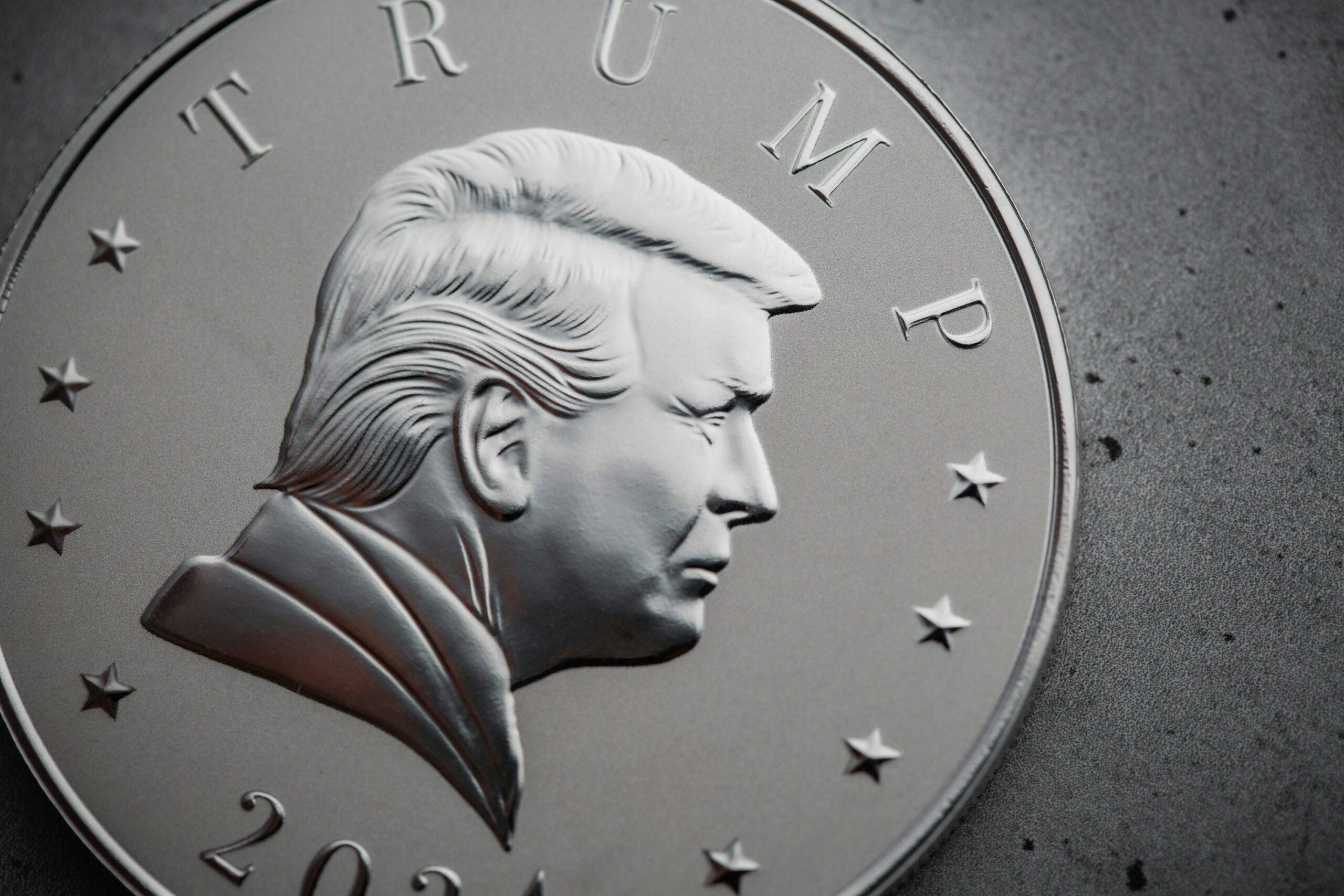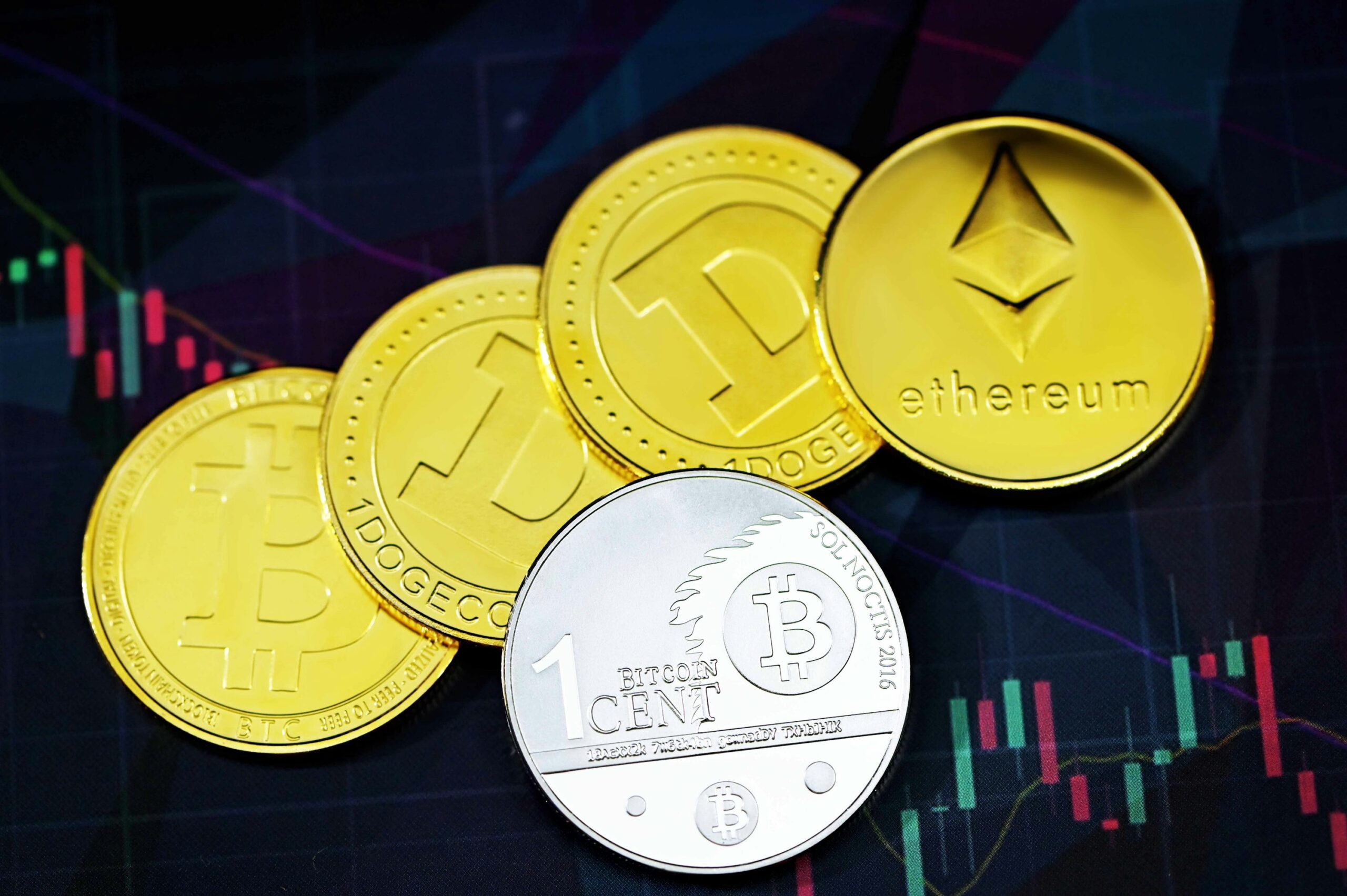Key takeaways:
-
Despite strong macro trends, Bitcoin derivatives show fading investor confidence in sustaining the recent price gains.
-
Bit Digital’s pivot to Ether raises fears that other miners may also unload their BTC reserves.
Bitcoin (BTC) briefly dipped below $100,000 on Monday after Iran launched attacks on United States military bases in Qatar. Although the price rebounded to $108,000 by Wednesday, sentiment in the BTC derivatives markets has turned cautious, suggesting traders are less confident about further upside. But are there valid reasons for this fear of a Bitcoin price crash?
On Wednesday, the Bitcoin perpetual contracts funding rate dropped to its lowest level in seven weeks. In neutral markets, long positions typically pay to maintain leverage, so negative rates are uncommon. Interestingly, this occurred even as Bitcoin rallied to $108,000.
Rather than focusing only on the consequences, such as waning demand for leveraged positions, it’s essential to consider possible causes for bearish funding rates. Part of the erosion in confidence stems from the global trade war initiated by the US in April. While temporary truces were established, some are nearing expiration, including the agreement with the eurozone, set to lapse on July 9.
US President Donald Trump has been widely criticized for reversing course during trade negotiations. According to a Washington Post analyst, the Trump administration has made over 50 tariff policy changes since he took office. As a result, investors are increasingly concerned that the trade conflict could intensify.
Tariffs, AI hype and declining Bitcoin miner profitability
Adding to the unease, the US gross domestic product posted a 0.5% year-over-year decline in the first quarter, based on final official figures released Thursday. CNN attributed the unexpected contraction to a massive trade deficit, as North American companies ramped up inventories ahead of anticipated tariff hikes.
Despite this, Bitcoin traders are frustrated that US small-cap stocks have shown resilience while BTC remains well below the $112,000 mark.
The Russell 2000 index, which excludes the 1,000 largest US-listed firms, surged to a four-month high. Since many investors still classify Bitcoin as a risk-on asset, fears surrounding “reckless artificial intelligence spending driving sky-high valuations” have acted as a ceiling for Bitcoin’s price.
Gartner Consulting analysts noted that “most agentic AI projects right now are early-stage experiments or proofs-of-concept that are mostly driven by hype and are often misapplied,” as reported by Yahoo Finance. Consequently, with a more cautious investor posture, some profit-taking above $105,000 is to be expected.
Related: Bitcoin bulls gain edge, target $110K ahead of $20B monthly options expiry
Another source of risk comes from the growing number of firms that have added Bitcoin to their balance sheets. An unexpected move happened as Bit Digital (BTBT), a New York-based Bitcoin mining company listed on Nasdaq, announced Wednesday its intention to divest its mining infrastructure and BTC holdings to purchase Ether (ETH) instead.
As of March 31, Bit Digital held 24,434 ETH and 417.6 BTC in reserves. This development has raised fears that other miners may also liquidate their BTC positions, especially since mining revenues have fallen to a two-month low, according to a CryptoQuant report.
While macroeconomic conditions still support a potential Bitcoin all-time high, given the growing pressure on central banks to adopt loose monetary policies. Hence, the threat of a temporary correction below $100,000 remains a real possibility.
This article is for general information purposes and is not intended to be and should not be taken as legal or investment advice. The views, thoughts, and opinions expressed here are the author’s alone and do not necessarily reflect or represent the views and opinions of Cointelegraph.




Leave a Comment